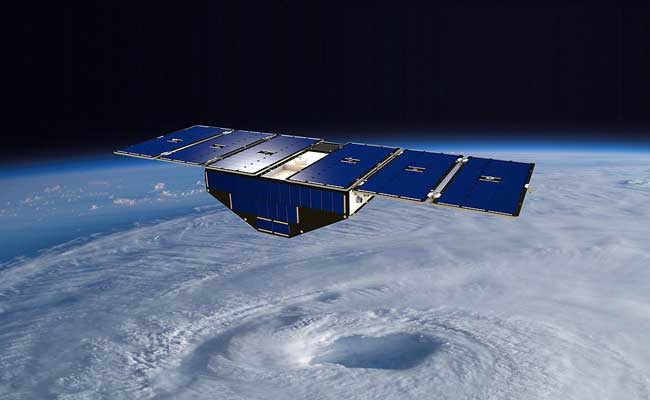Video Analytics: The Future of Business Intelligence
As businesses increasingly rely on digital technologies to drive growth, video analytics has emerged as a key tool for gaining valuable insights from video data. This technology involves the use of sophisticated algorithms to extract meaningful information from video footage, including data on customer behavior, employee performance, and operational efficiency. In this article, we will explore the various ways in which video analytics is being used today and its potential for the future.
What is Video Analytics?
Video analytics is a process of extracting insights from video data using machine learning algorithms. The technology can be used to detect patterns, objects, and even emotions within video footage, which can then be used to make informed decisions. The process starts with capturing video footage using cameras that can be installed in various locations, such as stores, factories, or offices. The captured video is then processed using machine learning algorithms to identify objects, actions, and events.
Uses of Video Analytics
Video analytics is a versatile technology that can be used for a variety of purposes. Here are some of the most common applications:
- Retail Analytics: Retailers can use video analytics to track customer behavior in their stores. The technology can help retailers identify which products are attracting the most attention, how customers are moving through the store, and which areas of the store are attracting the most foot traffic.
- Security Analytics: Video analytics can also be used for security purposes, such as detecting unauthorized access to a restricted area or identifying suspicious behavior.
- Employee Analytics: Businesses can use video analytics to track employee performance, including how long they spend on certain tasks, how often they take breaks, and how productive they are during work hours.
- Traffic Analytics: City planners can use video analytics to monitor traffic patterns and identify areas that require improvements to reduce congestion.
Benefits of Video Analytics
The use of video analytics offers several benefits for businesses, including:
- Increased Efficiency: Video analytics can help businesses streamline their operations by identifying areas where improvements can be made. For example, retailers can use the technology to optimize store layouts and reduce wait times at checkout counters.
- Improved Customer Experience: Video analytics can help businesses gain a better understanding of their customers’ needs and preferences. Retailers can use the technology to identify popular products and ensure that they are always in stock.
- Enhanced Security: Video analytics can be used to monitor for suspicious activity and help businesses identify potential security threats before they occur.
- Better Decision Making: Video analytics can provide businesses with valuable insights into their operations, enabling them to make more informed decisions that are based on real-time data.
Future of Video Analytics
As the use of video analytics continues to grow, there are several trends that are likely to shape the future of the technology:
- Increased Automation: As the technology becomes more advanced, it is likely that video analytics will become increasingly automated, with algorithms able to detect patterns and anomalies without human intervention.
- Integration with Other Technologies: Video analytics is likely to become more closely integrated with other technologies, such as artificial intelligence and the Internet of Things (IoT), to provide even more valuable insights.
- Greater Privacy Concerns: As video analytics becomes more widespread, there are likely to be greater concerns about privacy and data protection. It will be important for businesses to implement robust security measures to protect the data they collect.
- More Applications: As businesses become more familiar with the technology, there is likely to be a greater range of applications for video analytics, including in areas such as healthcare and education.
Conclusion
Video analytics is a powerful tool for businesses looking to gain valuable insights from video data. The technology is versatile, with applications in areas such as retail, security, and traffic management. As the technology continues to evolve, it is likely that we will see even more innovative applications.
![]()





